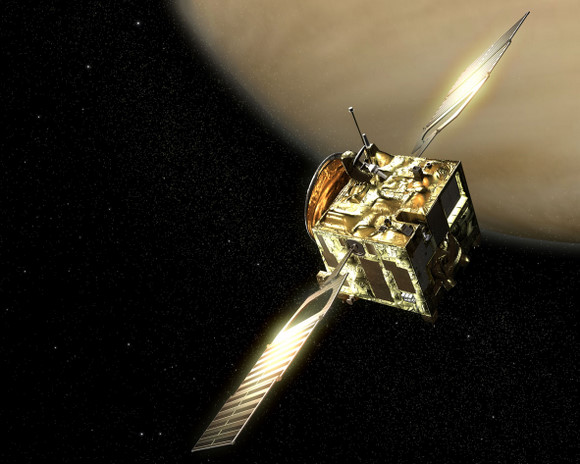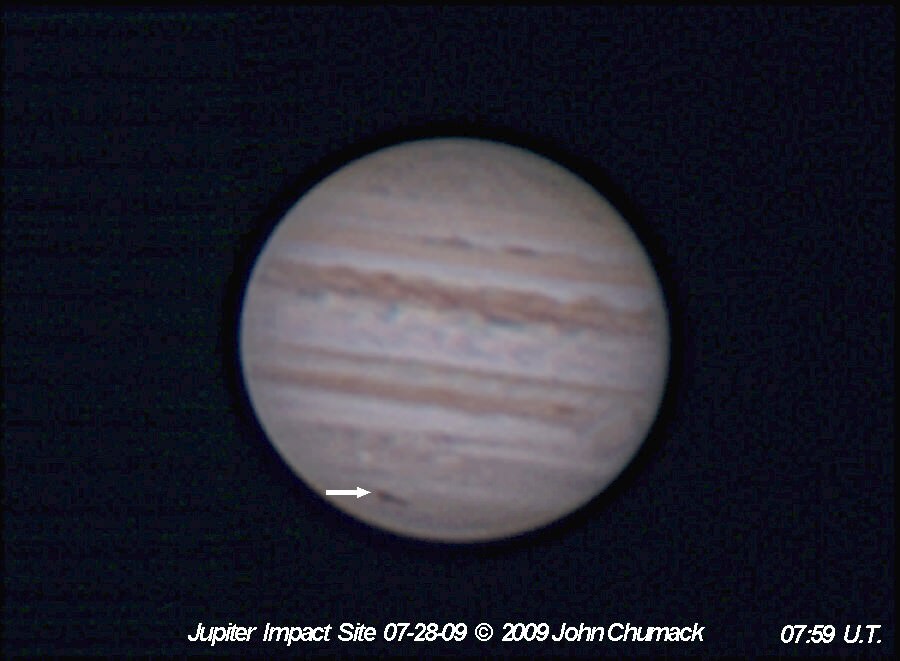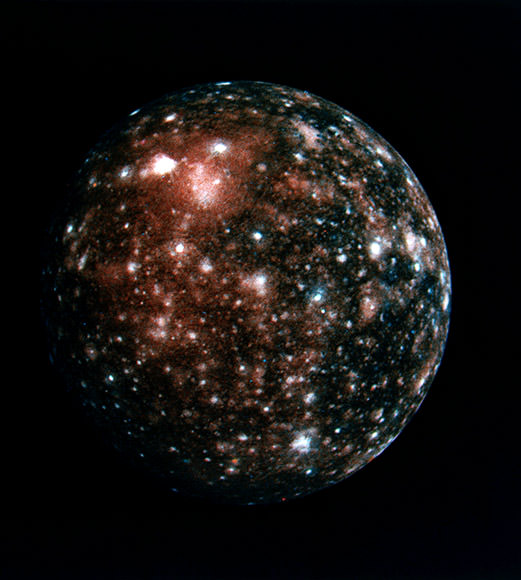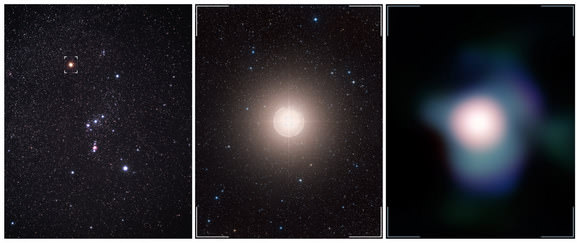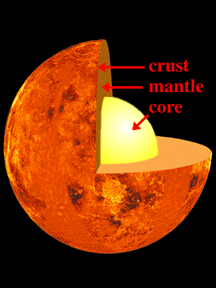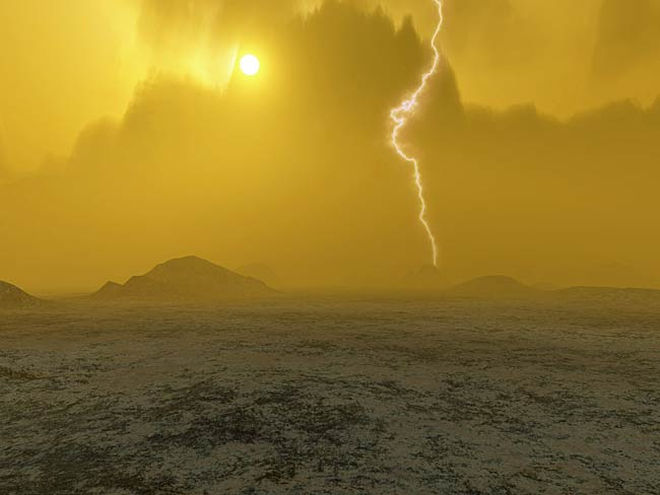[/caption]
Although humans have never made the voyage, spacecraft from Earth have visited Venus. So, how long does it take to get to Venus from Earth?
The first spacecraft ever launched towards Venus was the Soviet Venera 1 spacecraft. It was launched on February 12, 1961 on course to Venus. Unfortunately, scientists lost contact with the spacecraft on February 17th. Mission controllers didn’t get a chance to put in a course correction that would have directed it closer to Venus, so it’s thought to have passed within 100,000 km of the planet on May 19th. That’s a total time of 97 days; just over 3 months.
The first successful Venus flyby was NASA’s Mariner 2. This spacecraft was launched on August 8th, 1962 and made a successful flyby on December 14, 1962. So that calculates to 110 days from launch to arrival at Venus.
The most recent spacecraft to fly to Venus was ESA’s Venus Express. It was launched on November 9th, 2005, and took 153 days to make the journey to Venus.
Why is there such a big difference in travel times to Venus? It all comes down to the launch speed and trajectory. Both Earth and Venus are traveling on orbits around the Sun. You don’t just point your spacecraft directly at Venus and fire your rockets. You have to travel on a transfer orbit that moves you between Earth’s orbit and Venus’ orbit, catching up with Venus, ideally going into orbit. To make the trip with a smaller, less expensive rocket, you have to make a longer trip, taking more time.
Humans have never made the trip to Venus, but maybe someday they will; although, the planet would be extremely unpleasant to try and land on. Maybe just a flyby would be nice.
We have written many articles about Venus for Universe Today. Here’s an article about Venus’ wet, volcanic past, and here’s an article about how Venus might have had continents and oceans in the ancient past.
Want more information on Venus? Here’s a link to Hubblesite’s News Releases about Venus, and here’s NASA’s Solar System Exploration Guide to Venus.
We have recorded a whole episode of Astronomy Cast that’s only about planet Venus. Listen to it here, Episode 50: Venus.

